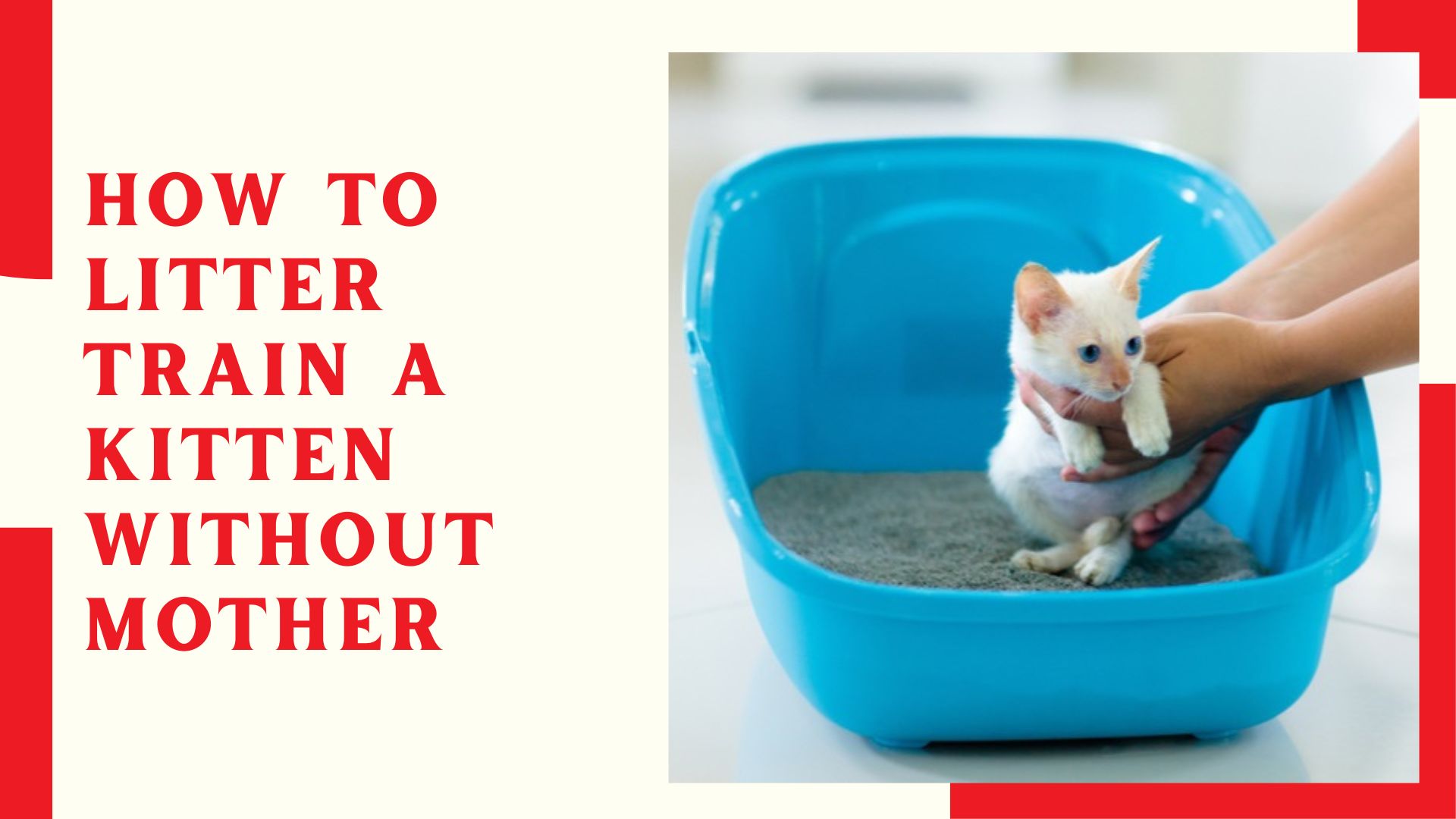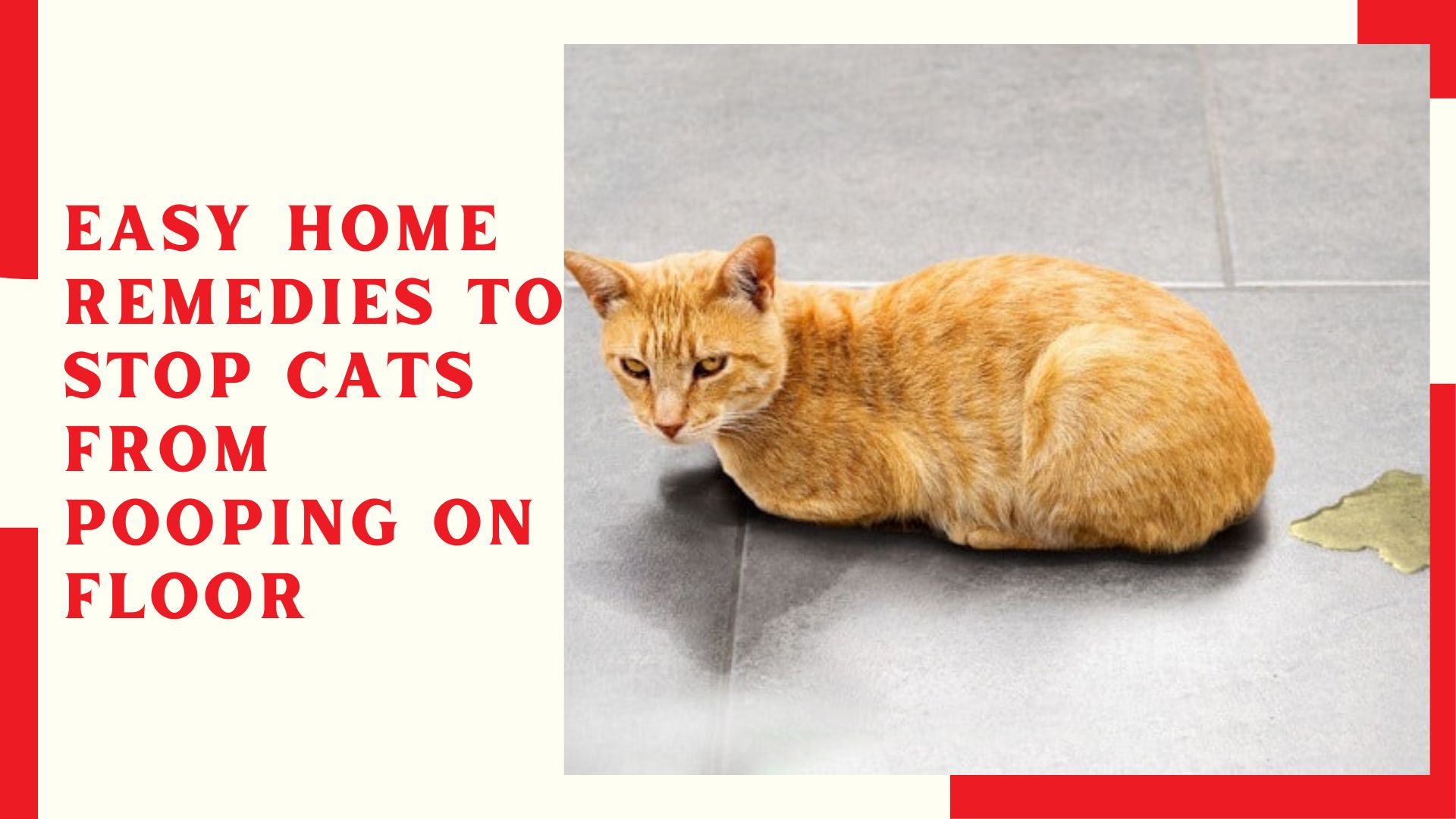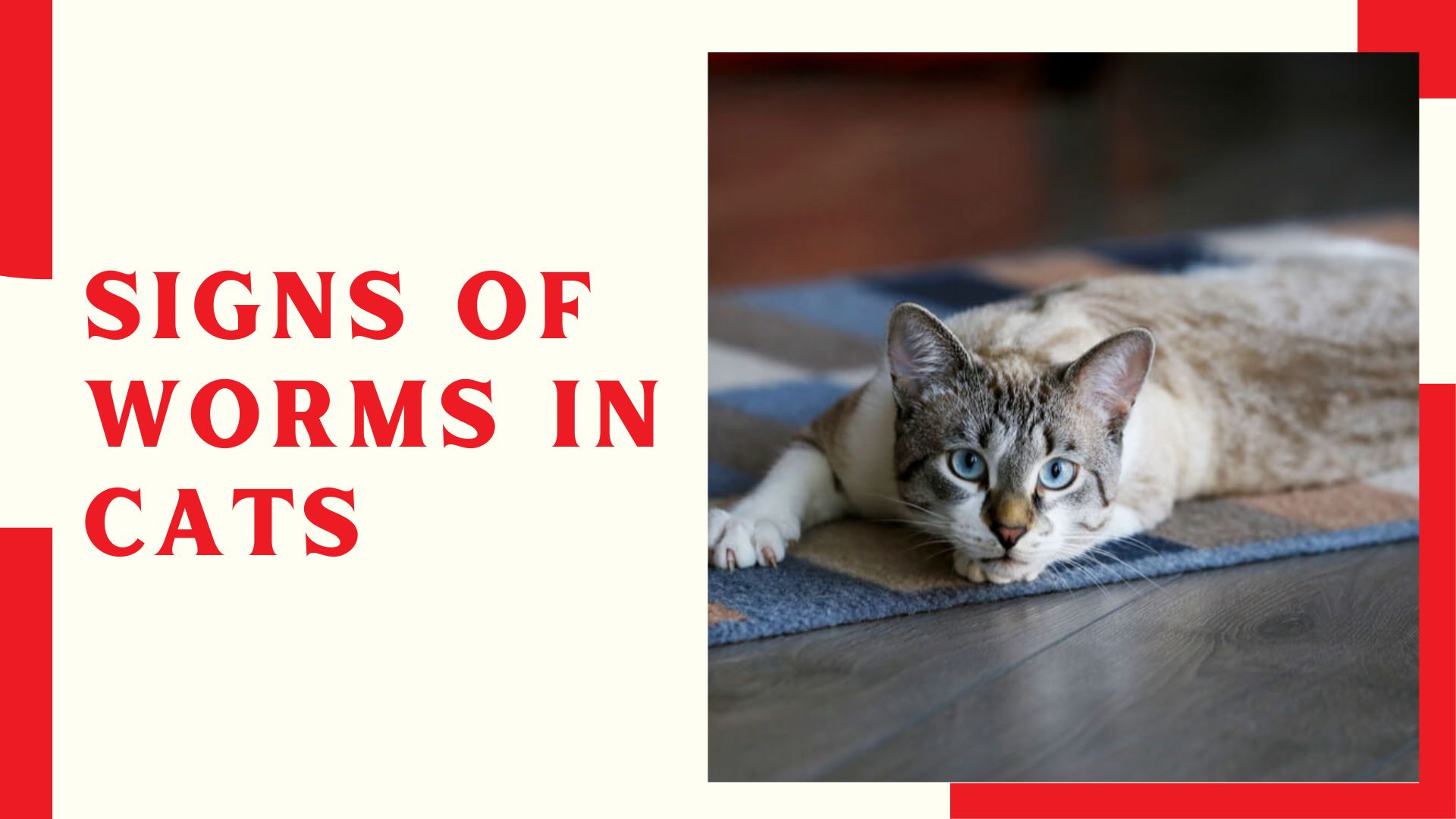As a cat lover, you know how important it is to keep your fur ball happy and healthy. One of the best ways to achieve this goal is by providing a clean and cozy environment that they can call home. After all, a happy cat means a happy you! One crucial aspect of maintaining a cat's hygiene is providing an appropriately filled litter box. However, determining the right amount of litter can sometimes be confusing for cat owners. Let's delve into the considerations and guidelines for maximizing litter box efficiency.
Understanding Your Cat's Needs
Before determining the appropriate amount of litter for your cat's litter box, it's essential to understand your cat's preferences and behaviors. Some cats prefer a deeper layer of litter, while others may feel uncomfortable if the litter is too deep. Observing your cat's behavior can provide valuable insights into their litter box preferences.
Factors Influencing Litter Box Usage
Several factors influence the amount of litter needed in a litter box:
Cat Size and Breed:
Larger cats may require more litter to accommodate their size and ensure adequate coverage.
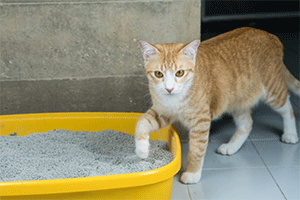
Litter Box Size:
The dimensions of the litter box play an important role in determining the required amount of litter. A larger litter box may require more litter to maintain an appropriate depth.
Cat's Age and Health:
Older cats or those with mobility issues may benefit from a shallower layer of litter.
Litter Type:
Different types of litter have varying levels of absorbency and clumping capabilities. The type of litter you choose can influence the amount needed to maintain cleanliness.
Guidelines for Litter Depth
While there is no one-size-fits-all answer to the question of how much litter should be put in a litter box, there are some general guidelines to consider:
Minimum Depth:
Aim for a minimum litter depth of around 2-3 inches. This depth allows for adequate absorption of urine and helps prevent odors.
Maximum Depth:
Avoid overfilling the litter box with excessive litter, as this can be wasteful and may deter your cat from using it. A depth of 4-5 inches is typically sufficient for most cats.
Regular Maintenance:
Regardless of the initial litter depth, it's crucial to regularly scoop out waste and replenish the litter as needed to maintain cleanliness and freshness.
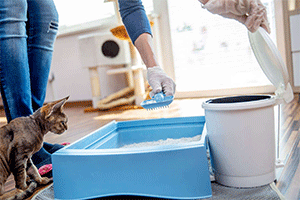
Tips for Optimal Litter Box Usage
To ensure optimal litter box usage and minimize odor and mess, consider the following tips:
Frequent Cleaning:
Scoop the litter box at least once a day to remove waste promptly.
Complete Change:
To ensure a fresh and hygienic environment for your furry friend, it's best to remove the litter and clean the box with soap and water every 1-2 weeks. This prevents bacterial buildup and eliminates unpleasant odors.
Multiple Boxes:
provide one litter box/cat, and also provide an extra box if you have multiple cats to avoid overcrowding and reduce territorial issues.
Experimentation:
Don't be afraid to experiment with different litter depths and types to find what works best for your cat's preferences and your household's needs.
Conclusion
Maintaining an appropriate litter depth in your cat's litter box is crucial for their comfort and hygiene. By understanding your cat's preferences and considering factors such as size, litter type, and box dimensions, you can ensure that your cat has a clean and inviting place to do their business. Regular maintenance and observation of your cat's behavior will help you fine-tune the amount of litter needed to keep everyone happy and healthy.

